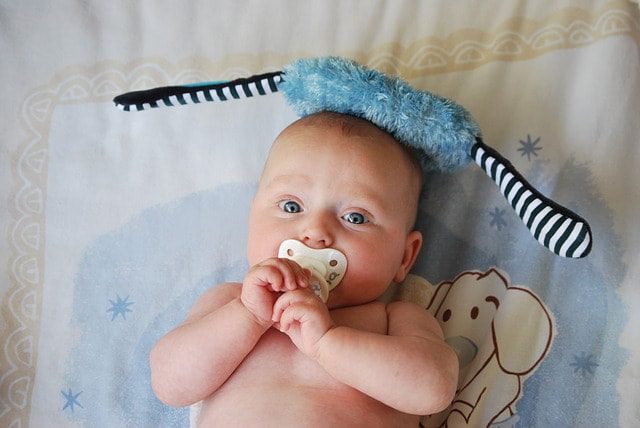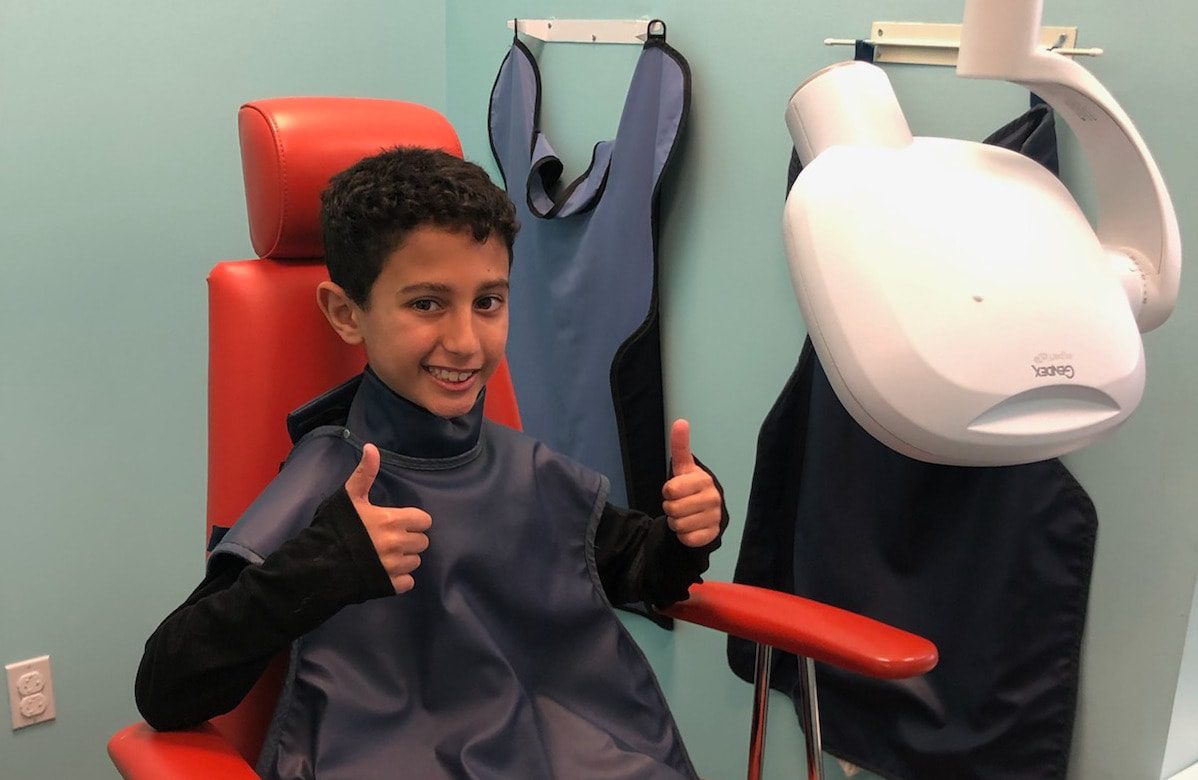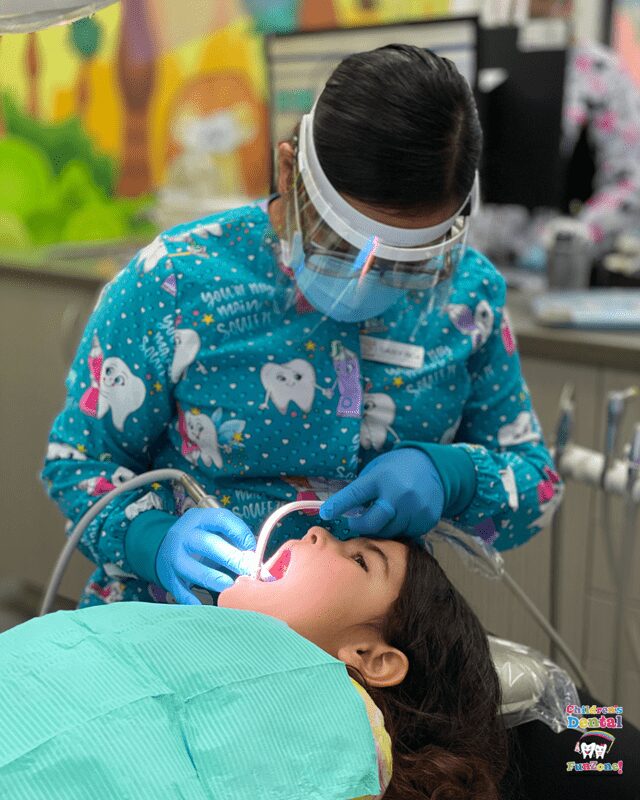When your child begins to lose their baby teeth, it can be an exciting time for you and your child. You’re seeing your child grow up before your eyes, and they get a visit from the tooth fairy. When baby teeth begin falling out, adult teeth take their place.
Adult teeth don’t always come in immediately after a baby tooth has fallen out. If the adult tooth isn’t ready to erupt, space will remain where the tooth should be. While this doesn’t seem like a massive deal at the time, it can cause problems down the road if not handled early.
If your child lost a baby tooth prematurely, you should call their dentist so they can determine if your child needs a space maintainer until their adult tooth is ready to come in.
What Are Space Maintainers for Teeth?
A dental space maintainer is a device placed so that enough space remains for an adult tooth to grow in when it’s ready. If the adult tooth isn’t coming in relatively soon after the loss of a baby tooth or it’s been lost prematurely, teeth spacers for the missing teeth can save you expensive dental work down the line.
What Are The Different Types Of Space Maintainers?
There are several types of space maintainers. The main categories are fixed and removable. There are a few options under each category, and your child’s dentist can help you understand which is the best option for them.
Fixed Unilateral Appliances
Fixed unilateral space maintainers keep space available on one side of the mouth. There are two types of fixed unilateral appliances.
Band and Loop
If your child needs a fixed unilateral appliance, more often than not, a band and loop space maintainer is what they’ll get. However, for the band to work properly, the adult first molar must erupt first.
This appliance will secure the band on the second molar, and then the loop connects to the surface of the primary canine tooth. Dentists use this fixed unilateral appliance when a child loses their first molars. It can also help maintain space if your child has prematurely lost their second molar.
The band and loop space maintainer is relatively inexpensive, making it an ideal choice for many dentists and parents.
Distal Shoe
Like the band and loop appliance, they’ll place the distal shoe on one side of the mouth. This device can only fit over one tooth. It helps maintain space after a child loses their primary second molars but before the adult first molar comes in.
The distal shoe has a stainless steel wire that goes over the unerupted first molar. A distal shoe helps guide the permanent first molar into place as it comes in.
Fixed Bilateral Appliances
Dentists use fixed bilateral appliances when a child loses teeth on both sides of their mouth.
Transpalatal Arch (TPA)
A transpalatal arch helps to maintain space after teeth fall out of the upper jaw on both sides. A TPA has a thin palatal wire that extends above the roof of the mouth and then connects the primary molars on both sides.
The transpalatal arch will allow the permanent molars on the upper jaw to erupt correctly.
Lingual Holding Arch
A lingual holding arch connects two primary molars in the upper or lower jaw. It will help keep space available for the eruption of permanent molars by maintaining space in the upper or lower dental arch.
Nance Arch
This bilateral appliance uses an acrylic button that is on the roof of the mouth. Because this appliance is on the roof of the mouth, you can only use a Nance arch for the upper jaw. It can help prevent the misalignment of adult molars and maintain the dental arch length.
Removable
A removable space maintainer is similar to a lingual arch. The main difference between the two is that a removable space maintainer has fake teeth attached to it.
These are great to use when there’s more than one tooth missing on either side. Another reason many people use this type is when teeth are missing in the front of the mouth. Your child can keep using the removable space maintainer as they age.
When to Consider Space Maintainers?
There are a few reasons parents start to consider space maintainers for children. These reasons range from premature tooth loss to trauma.
Early Tooth Loss or Extraction Due to Baby Tooth Decay
Many children have tooth decay on their baby teeth. The molars generally fall victim to cavities because the enamel on a baby tooth is fragile compared to adult teeth.
Just because baby teeth fall out doesn’t mean that they don’t need to be brushed and cared for. If one tooth with a cavity goes untreated, the bacteria can spread to other teeth, causing further issues. Dental restoration is needed to prevent cavities from spreading, premature tooth loss, misalignment, and overcrowding.
If your child needs a tooth extracted due to tooth decay, space maintainers can help prevent future issues of misalignment.
Over-Retained Baby Teeth
Over-retained baby teeth are teeth that become loose and then tightened into the gums. This will prevent adult teeth from coming in.
Extracting the over-retained teeth and adding a space maintainer can ensure that the permanent tooth doesn’t begin growing over the over-retained tooth.
Tooth Loss Due to Trauma
Children are clumsy because they’re still developing their motor skills. As a result, injuries are common and most commonly affect incisors and canines.
If your child has an accident and knocks out one of their front teeth prematurely, space maintainers will help prevent overcrowding and misalignment of adult teeth.
Can a Space Maintainer Help Your Child?
Space maintainers can help your child tremendously. If your child lost one or more baby teeth for any of the reasons above, space maintainers could save you from expensive dental work down the line. They do this by leaving space so that adult teeth can come in without issues.
Are Space Maintainers Painful?
Space maintainers shouldn’t cause your child any pain. If there is any pain associated with the appliance, it could indicate that something else is wrong.
When Should Space Maintainers Be Removed?
When your child’s adult tooth is ready to erupt. Your dentist will be able to tell you when that time comes.
How to Care for Space Maintainers
Having your child brush their teeth twice a day and flossing once a day is the best way to care for space maintainers. Your child should avoid biting into any hard foods, chewing gum, and messing with the appliance.
How Much Do Space Maintainers Cost?
Space maintainers vary in price depending on the type. They range from around $200–$500.
Potential Risks of Space Maintainers
The biggest risk of using space maintainers is your child’s oral hygiene. If they don’t correctly take care of their teeth and gums, the gums can become inflamed. In a worst-case scenario, the inflammation can invade the space maintainer.
Space maintainers are painless devices that can help your child if they’ve experienced premature tooth loss. If you think your child could benefit from space maintainers, speak with their dentist to see what your options are.




